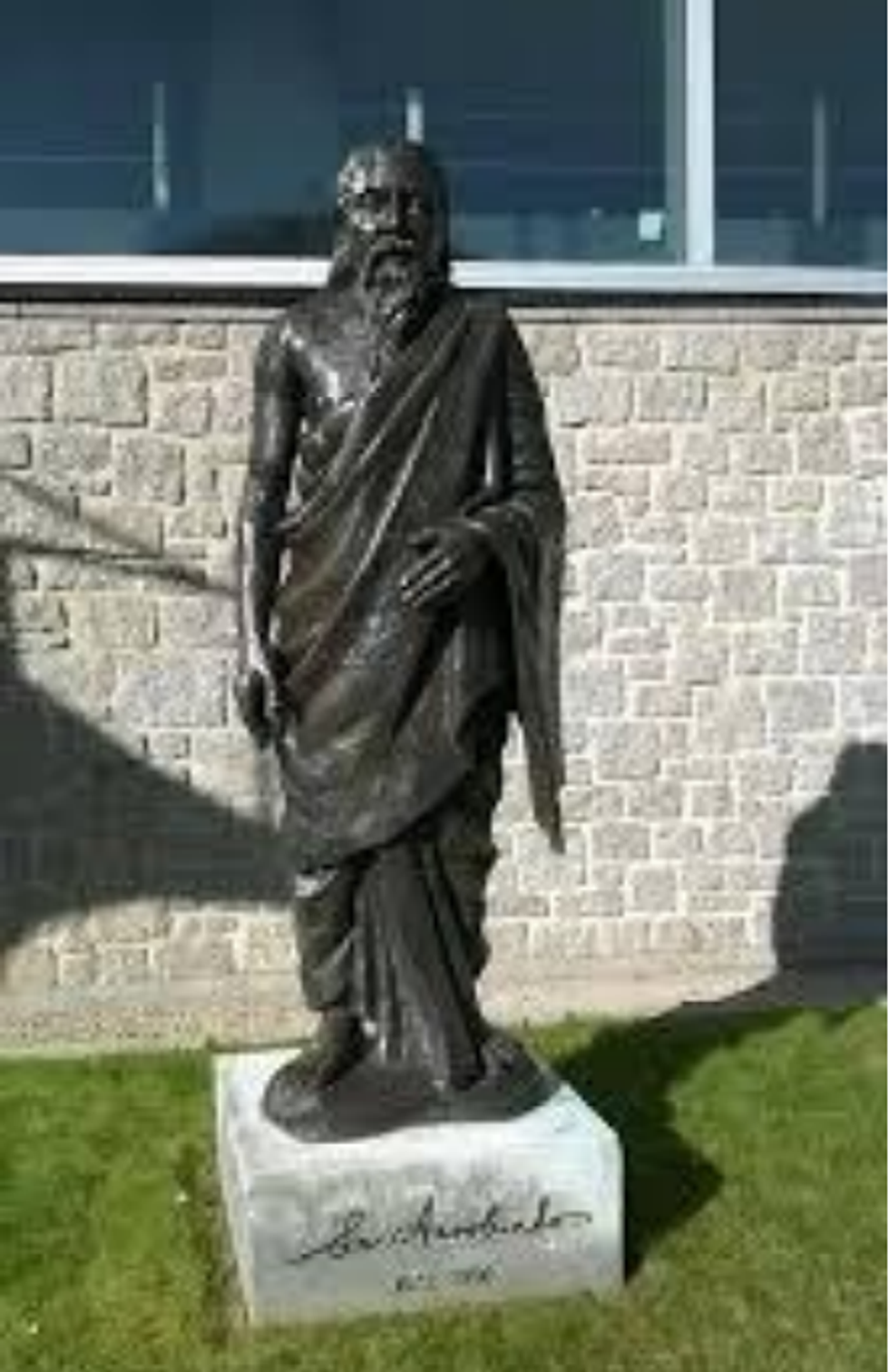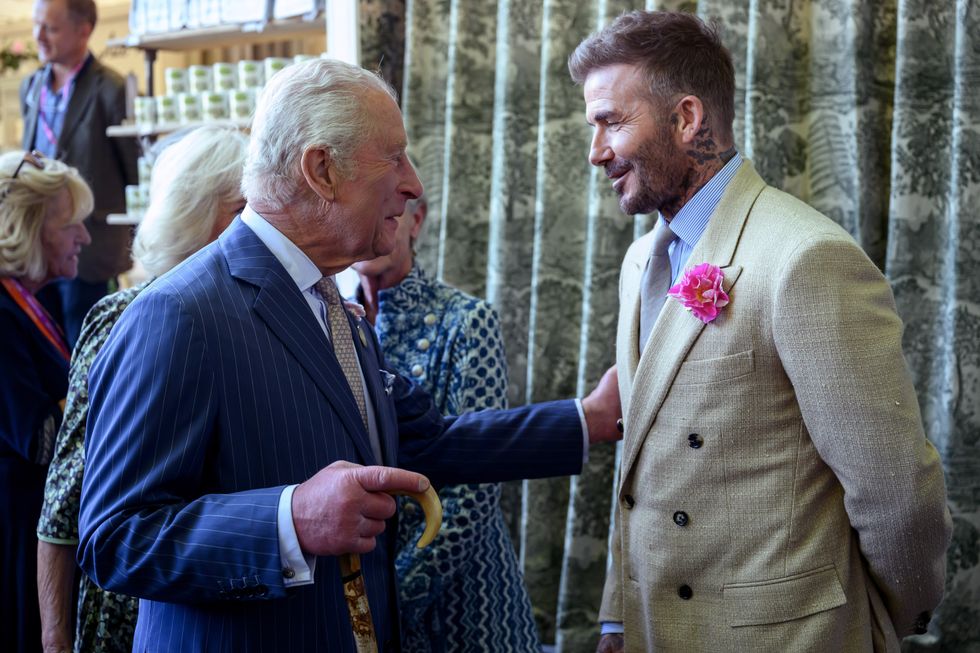Lord Jitesh Gadhia looks back on 25 years since the opening of Europe’s first traditional stone temple
THE inauguration of the Neasden Mandir on 20 August 1995, was not only a proud achievement for the BAPS Swaminarayan Sanstha, and all the devotees who worked so hard to fulfil the dreams of their gurus –His Holiness Pujya Yogiji Maharaj and His Holiness Param Pujya Pramukh Swami Maharaj - but also a landmark moment for Hindus in the UK.
It was the first large-scale purpose-built facility created by a Hindu organisation and immediately became a magnet for visitors. The temple complex received national and international acclaim for the quality of its architecture, design, materials and construction.
For communities accustomed to using converted churches or makeshift alters in school halls, it gave expression to their Hindu identity and created a collective sense of pride in how far British Indians had progressed. It almost felt like the mandir bells of Neasden were ringing out: “we have arrived”.
This experience was made all the more magical because of the mandir’s location and juxtaposition. Amid the urban sprawl of warehouses, superstores, and dense housing in north west London - and against the backdrop of the world famous Wembley Stadium - a breathtaking oasis had been created. The multiple limestone Shikhars (spires) and domes transformed the skyline, while the intricate wood carving of the haveli transported visitors to a bygone age, and the magnificent murtis (idols of deities) provided a unique spiritual soul for the entire complex. National media started to report on this must-see destination, as tourists and schools made a beeline for what is now described as one of the seven wonders of London. Even the Guinness Book of Records recognised Neasden as the largest traditionally built Hindu temple outside India.
As we look back on this milestone, which placed British Hindus firmly on the map, it is worth reflecting on the lessons learned and the reasons for the Neasden mandir’s success.
First and foremost, this London landmark was based on the bold, ambitious vision of its inspirer –HH Pujya Pramukh Swami Maharaj. It created a physical emblem for his own trademark motto: “in the joy of others lies our own”.
Other faith communities, like the Ismailis and Jains, had already built their own prestigious centres in South Kensington and Potters Bar, respectively - but Hindus lacked both a unifying umbrella body, such as the Jewish Board of Deputies, and a physical focal point.
So, Neasden filled a big vacuum in Hindu representation attracting worshipers, celebrities, presidents and royalty from the world over. Indeed, no British election is now complete without a visit to the mandir by the incumbent prime minister on the last weekend before polling day.
It is a credit to the sadhus and trustees of BAPS that they have embraced this representative role - thrust upon them - in an inclusive way, bringing together other traditions and denominations to project a unified community.
But the importance of Neasden and other Hindu temples extends well beyond the bricks, marble and mortar - or the courting of Indian support by politicians. The social, cultural and educational dimensions are arguably the most important legacy of these community hubs.
The ‘Understanding Hinduism Exhibition’ alone has been seen by nearly 500,000 school children, fostering multicultural understanding. Meanwhile the annual Diwali festivities at Neasden, especially the spectacular Annakut food display on Hindu New Year, has become legendary, as featured in the recent BBC documentary series Sacred Wonders.
The response to the current pandemic has shown that governments alone cannot fix every problem and that real social change often comes from empowering citizens, volunteers and local organisations to help address society’s shared challenges. The resulting solutions are also more likely to endure when fully owned and embraced by the families, networks and neighbourhoods which form the fabric of so much of our everyday lives.
BAPS London Mandir provides a role model for how to galvanise such a community ecosystem. It offers emotional and social support in both good times - like births and weddings - and in bereavement too. It has tailored programmes to engage every age group, from young to old, and its assistance for those impacted by Covid has been exemplary.
This community ecosystem is one of the secret ingredients which explains why Indians, particularly those arriving via East Africa, have integrated so successfully into British society. The challenges of resettlement were softened by replicating support networks, providing continuity, while grappling with the inevitable uncertainties of migrating to a new environment.
Even the Financial Times quipped that Neasden Mandir was the “East African Chamber of Commerce in exile” when it reported on the 1997 visit of President Yoweri Museveni of Uganda to address Asians expelled from the country. It suggests how mandirs can even connect businesses, and facilitate informal channels of finance - with community members providing bridging loans and angel investment based on a system of trust and honour.
Indeed, Neasden even has its own social enterprise - branded Shayona - which provides authentic Indian vegetarian food ranging from sweets and snacks to groceries, as well as an adjoining restaurant and event catering.
So the ‘hardware’ of the temple is driven by the ‘software’ of an organisation which excels in curating and hosting festivals and events, spiritual discourses, Gujarati language teaching, music classes, charitable fundraising, health awareness, careers advice, sporting activities and community service. Above all, it engages with the next generation in a way which captures and retains their interest.
The secular decline in Church attendance is well documented, falling more than 40 per cent over the past 25 years, while Neasden has enjoyed ever growing participation. So the true test of success for Neasden mandir is not just remaining an iconic London venue - which Hindus can continue to be proud of - but retaining that special DNA which makes it such a vibrant hub for the entire community and engages future generations in understanding and celebrating their Hindu culture and identity.





 Heehs describes two principal approaches to biographyAMG
Heehs describes two principal approaches to biographyAMG












 David Beckham wearing a David Austin Roses "King's Rose" speaks with King Charles III during a visit to the RHS Chelsea Flower Show at Royal Hospital Chelsea on May 20, 2025Getty Images
David Beckham wearing a David Austin Roses "King's Rose" speaks with King Charles III during a visit to the RHS Chelsea Flower Show at Royal Hospital Chelsea on May 20, 2025Getty Images
Lord Gadhia: BAPS Swaminarayan temple is a 'jewel in the crown of British Indians'